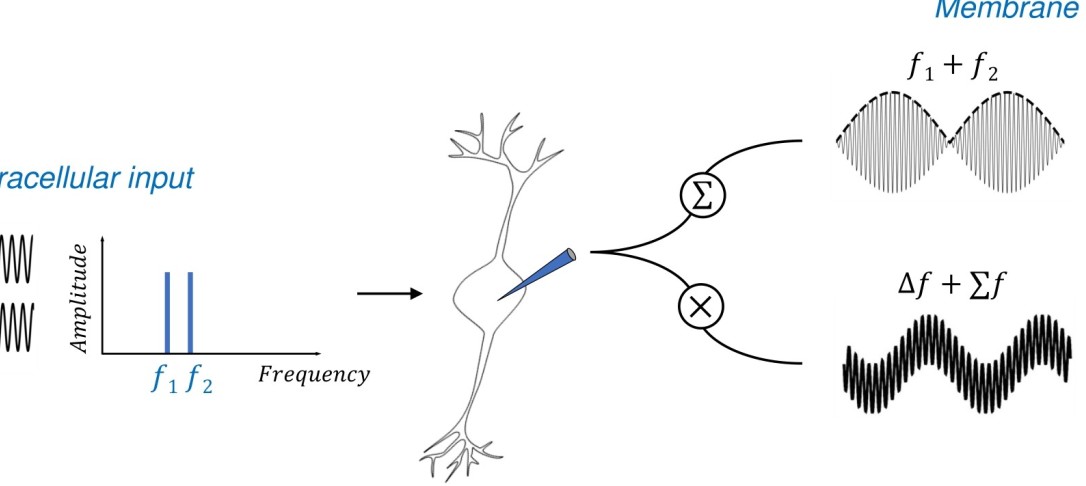
[ONLINE only due to UCU action for pay and pensions] A Centre for Complexity Science seminar. The brain is composed of billions of neurons whose individual oscillatory dynamics together orchestrate rich neural activities that regulate cognitive, perceptual, and behavioural states, and facilitate information transfer across the cerebrum. The oscillatory signals are subject to multiple non-linear transformations as they converge and diverge within and between neuronal networks. In the fields of electronics and acoustics, it is well known that the application of non-linearities through diodes or transistors to the sum of two oscillations generates novel oscillations at the sum and difference frequencies of the inputs, forming the foundations of communications technology. This process is known as frequency mixing or the heterodyne principle, but until now has seen little investigation within the field of neuroscience. In this seminar, we will explore frequency mixing in the context of neural data, either evoked through stimulation or existing endogenously, and introduce statistical methods that are capable of identifying these frequency-mixing interactions. We will emphasise recent results providing evidence that the single neuron acts as a mixer and that mixing interactions can be observed in the human brain.


